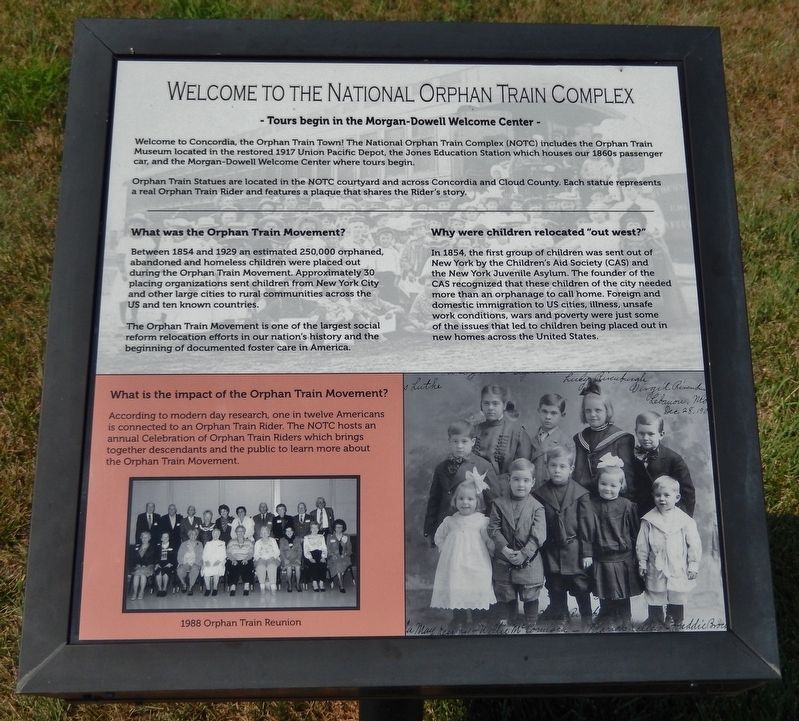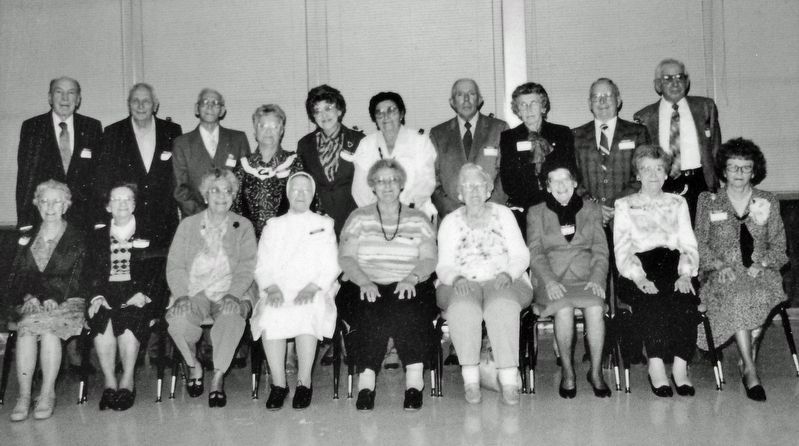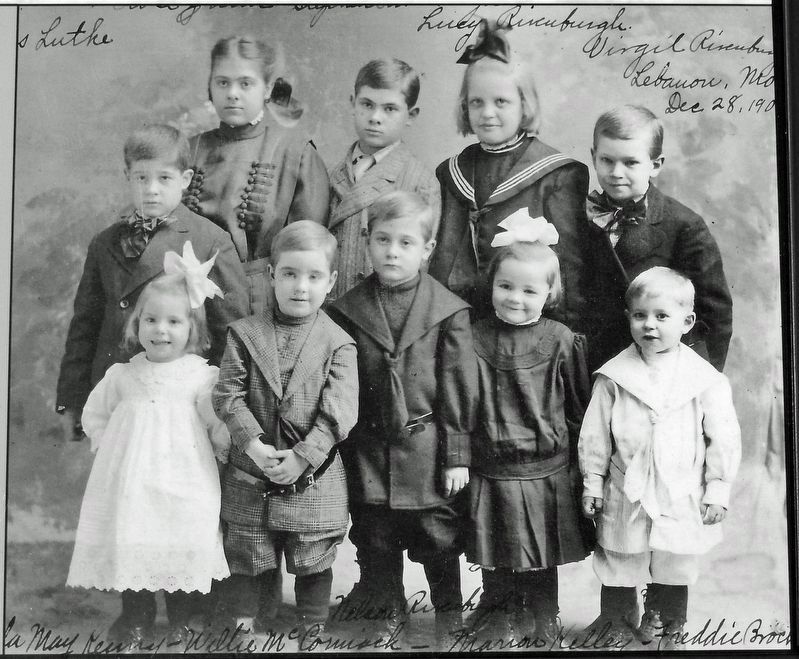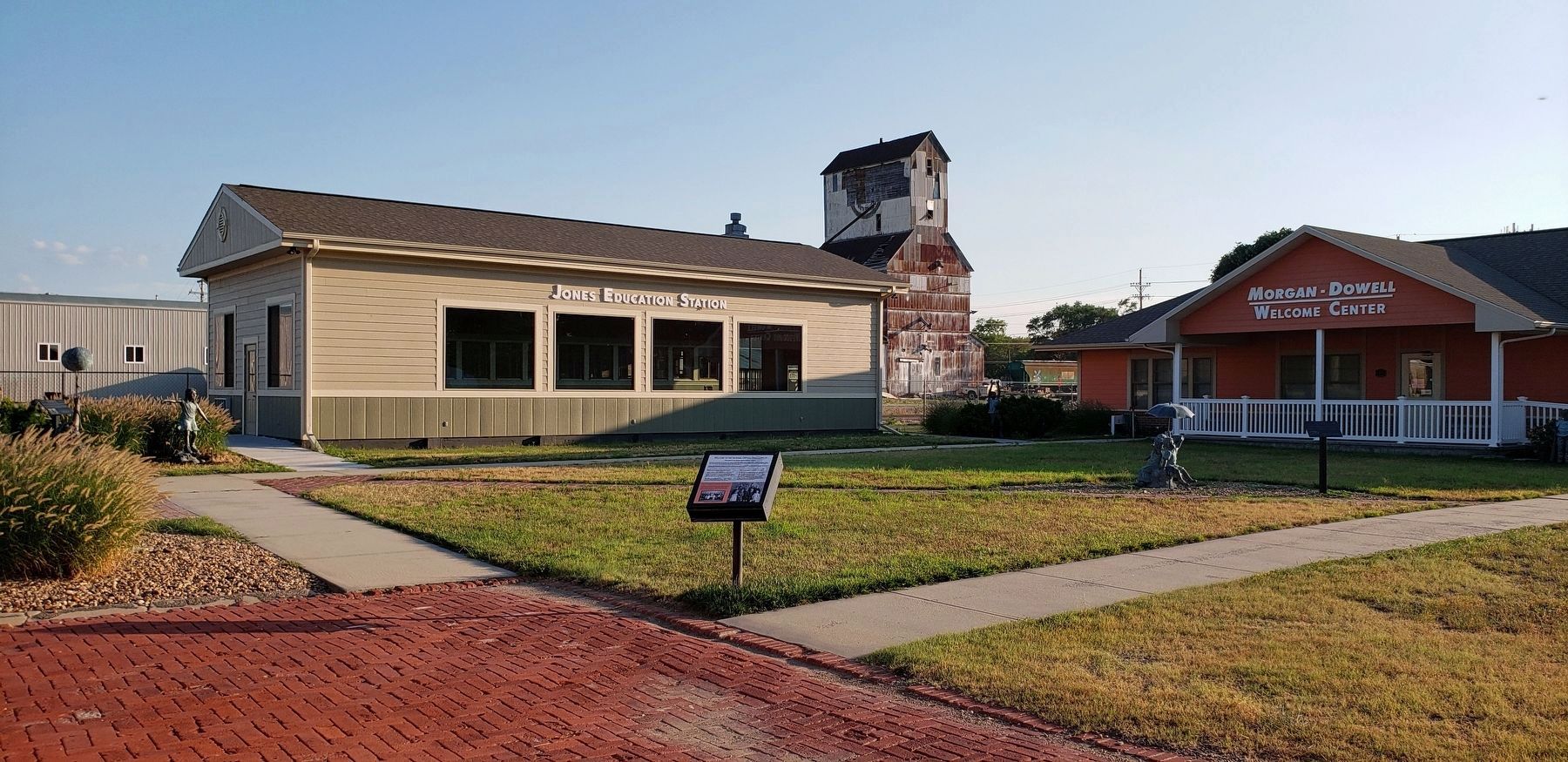Concordia in Cloud County, Kansas — The American Midwest (Upper Plains)
Welcome to the National Orphan Train Complex
— Tours begin in the Morgan-Dowell Welcome Center —
Welcome to Concordia, the Orphan Train Town! The National Orphan Train Complex (NOTC) includes the Orphan Train Museum located in the restored 1917 Union Pacific Depot, the Jones Education Station which houses our 1860s passenger car, and the Morgan-Dowell Welcome Center where tours begin.
Orphan Train Statues are located in the NOTC courtyard and across Concordia and Cloud County. Each statue represents a real Orphan Train Rider and features a plaque that shares the Rider's story.
What was the Orphan Train Movement?
Between 1854 and 1929 an estimated 250,000 orphaned, abandoned and homeless children were placed out during the Orphan Train Movement. Approximately 30 placing organizations sent children from New York City and other large cities to rural communities across the US and ten known countries.
The Orphan Train Movement is one of the largest social reform relocation efforts in our nation's history and the beginning of documented foster care in America.
Why were children relocated "out west?"
In 1854, the first group of children was sent out of New York by the Children's Aid Society (CAS) and the New York Juvenile Asylum. The founder of the CAS recognized that these children of the city needed more than an orphanage to call home. Foreign and domestic immigration to US cities, illness, unsafe work conditions, wars and poverty were just some of the issues that led to children being placed out in new homes across the United States.
What is the impact of the Orphan Train Movement?
According to modern day research, one in twelve Americans is connected to an Orphan Train Rider. The NOTC hosts an annual Celebration of Orphan Train Riders which brings together descendants and the public to learn more about the Orphan Train Movement.
Erected by National Orphan Train Complex.
Topics. This historical marker is listed in these topic lists: Charity & Public Work • Railroads & Streetcars • Settlements & Settlers. A significant historical year for this entry is 1854.
Location. 39° 34.475′ N, 97° 39.706′ W. Marker is in Concordia, Kansas, in Cloud County. Marker is on West 3rd Street just west of Washington Street, on the left when traveling west. Marker is located on the National Orphan Train Complex grounds, directly in front of the Morgan-Dowell Welcome Center. Touch for map. Marker is at or near this postal address: 300 Washington Street, Concordia KS 66901, United States of America. Touch for directions.
Other nearby markers. At least 8 other markers are within walking distance of this marker. James Reed Elliot (a few steps from this marker); Howard Reed Dowell (a few steps from this marker); Union Pacific Railroad Passenger Depot (a few steps from this marker); Robert Francis Summers Memorial Clock (within shouting distance of this marker); Clara Reed Duckett Morgan (within shouting distance of this marker); Robert Frances (Miles) Summers (within shouting distance of this marker); William Sidney Emay (about 300 feet away, measured in a direct line); To All Our Fallen Heroes, Thank You. (approx. 0.2 miles away). Touch for a list and map of all markers in Concordia.
Related markers. Click here for a list of markers that are related to this marker. Orphan Train Movement
Also see . . .
1. A History of the Orphan Trains.
When the Orphan Train movement began, in the mid-19th century, it was estimated that approximately 30,000 abandoned children were living on the streets of New York. Over the 75-year span of the Orphan Train movement, it is estimated that between 150,000 and 200,000 children were relocated to new homes via the Orphan Trains.(Submitted on December 24, 2022, by Cosmos Mariner of Cape Canaveral, Florida.)
2. The Orphan Trains.
The story of this ambitious and finally controversial effort to rescue poor and homeless children begins in the 1850s, when thousands of children roamed the streets of New York in search of money, food and shelter — prey to disease and crime. Many sold matches, rags, or newspapers to survive.(Submitted on December 24, 2022, by Cosmos Mariner of Cape Canaveral, Florida.)
3. An Orphan Train Rider’s Story.
From approximately 1854 to 1929, the “Greatest American Migration” took place. Upward of 250,000 children were displaced from their homes on the East Coast, mostly from New York City, and sent to every state in the union, but mostly to the Midwest, in what has come to be called the orphan train movement. It displaced more children than any other movement in world history. The children were homeless, vagrant children or were from the local orphanages. They were sent westward by primarily the Children’s Aid Society, through the work of the Rev. Charles Loring Brace, or by the New York Foundling Hospital. Some of the children found good, loving foster homes. Others entered abusive environments or were used as farm or domestic labor.(Submitted on December 24, 2022, by Cosmos Mariner of Cape Canaveral, Florida.)
Credits. This page was last revised on December 24, 2022. It was originally submitted on December 24, 2022, by Cosmos Mariner of Cape Canaveral, Florida. This page has been viewed 185 times since then and 93 times this year. Photos: 1, 2, 3, 4. submitted on December 24, 2022, by Cosmos Mariner of Cape Canaveral, Florida.



